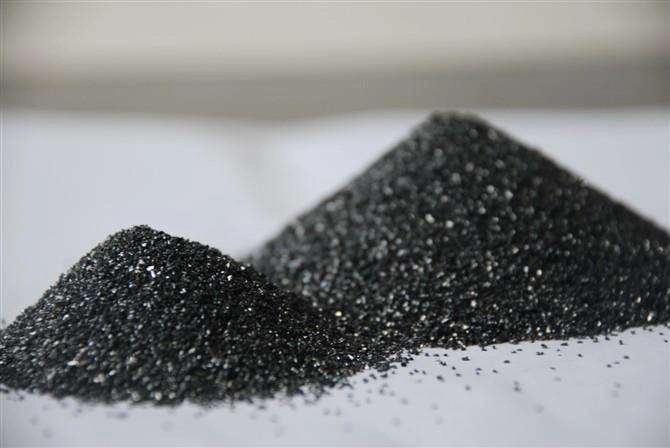Silicon carbide (SiC) is a robust semiconductor material with high thermal conductivity and excellent thermal stability. It is an important material in the field of advanced materials science and is commonly used in high-temperature electronic devices, high-power devices, and high-frequency microwave devices. This article mainly introduces the crystal structure of SiC, discusses its formation, polymorphism, and its role in modern technology.
Fundamentals of SiC
Before delving into the specifics of the SiC crystal structure, it is crucial to understand the fundamental aspects of this compound and its importance in various technological fields.
Composition and Properties
Silicon carbide is a binary compound composed of silicon (Si) and carbon (C) atoms bonded together in a covalent framework.
Fundamental Properties of SiC
- Remarkable chemical and mechanical robustness
- Great hardness, with a Mohs scale rating close to diamonds
- High thermal stability, maintaining strength at temperatures up to 1600°C
Electronic Properties
- Wide bandgap (approximately 2.3 to 3.3 eV, depending on the crystal structure)
- Allows devices to operate at higher voltages and temperatures
Crystal Structure of Silicon Carbide
Understanding the crystal structure of SiC is crucial because it affects the material's electronic properties and suitability for various applications. SiC does not have a single crystal structure but consists of several different polytypes.
Definition of Polytypes
Polytypes are variations of the same chemical compound that differ in their crystal structure. These differences arise due to the various ways in which the same layers of atoms can be stacked. SiC is unique in that it has over 200 known polytypes, although a few are more common and commercially relevant.
Formation of SiC Polytypes
The formation of different SiC polytypes is dependent on the growth conditions during SiC crystal synthesis. Factors such as temperature, pressure, and chemical environment can influence the stacking sequence of the crystal lattice, consequently giving rise to different polytypes.
Common Polytypes of SiC
The polytypes are differentiated by the stacking sequence of the silicon and carbon atoms, which form bilayers within the crystal structure. The most common polytypes are 3C-SiC (cubic structure), 4H-SiC, and 6H-SiC (both hexagonal structures). Each polytype is denoted by a number and a letter, where the number represents the number of layers in the unit cell repeating sequence, and the letter indicates the crystal system (C for cubic and H for hexagonal).
3C-SiC (Beta Silicon Carbide)
- Only cubic form of SiC
- Crystallizes in the zinc blende crystal structure
- Characterized by a single repeating layer of silicon-carbon bilayers
4H-SiC
- Hexagonal crystal structure
- Consists of a repeating sequence of four layers
- Noted for its high electron mobility
6H-SiC
- Hexagonal structure with a six-layer repeating sequence
- Has slightly different electronic properties compared to 4H-SiC
- Lower electron mobility but higher thermal conductivity
Applications Influenced by SiC Crystal Structure
The different polytypes of SiC have varying electronic, thermal, and mechanical properties, which influence their suitability for different applications.
High-Power Devices
- Ability to withstand high voltages and temperatures
- Ideal for high-power applications such as power converters and inverters in electric vehicles and renewable energy systems
High-Frequency Devices
- High electron mobility of certain SiC polytypes, such as 4H-SiC
- Suitable for high-frequency applications, including RF and microwave devices
Abrasive and Refractory Applications
- Hardness and thermal stability
- Suitable for abrasive materials used in cutting and grinding tools
- Used as a refractory material in high-temperature furnaces
Conclusion
SiC is a unique material with multifunctionality and durability, characterized by a complex and diverse polycrystalline structure, which further broadens its range of applications, making SiC a widely used and valuable material in industrial and high-tech applications.
